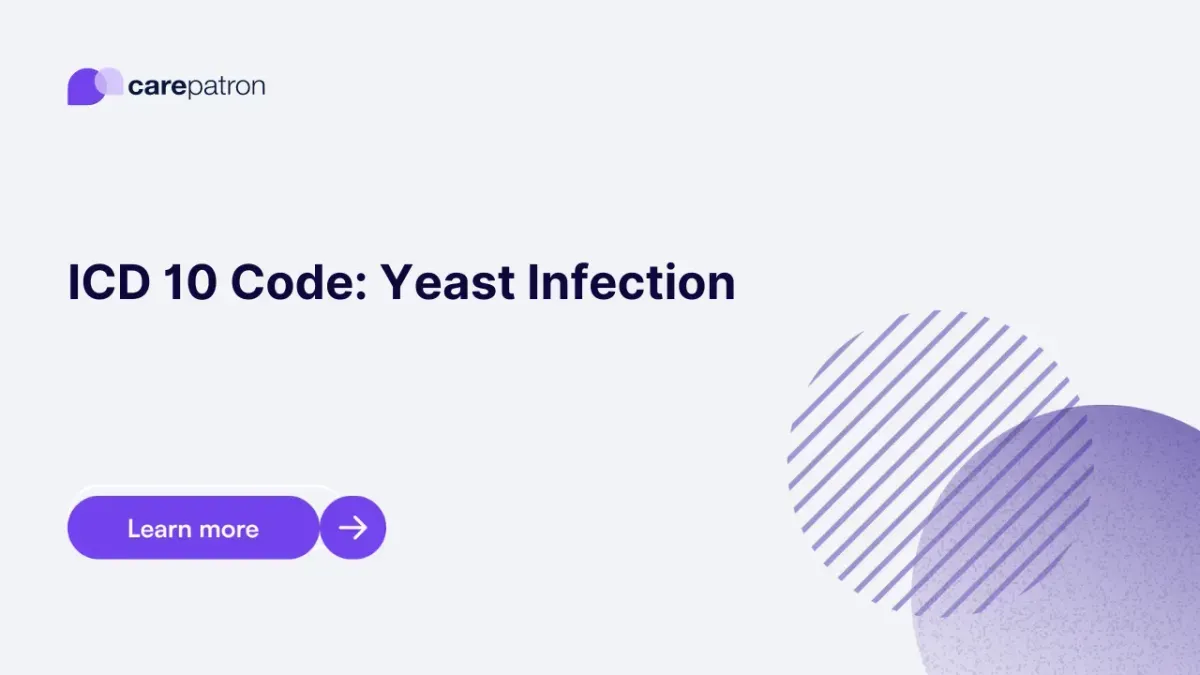
Yeast Infection ICD-10-CM Codes
Explore the ICD-10-CM codes related to yeast infections, key for accurate medical documentation, insurance billing, and targeted treatment strategies for 2023.
Use Code
Commonly asked questions
A Yeast Infection ICD code should be used when documenting a patient's medical record involving a yeast infection caused by the Candida fungus.
Common treatments include antifungal medications, creams, or oral medications, depending on the type and location of the infection.
A diagnosis code for Yeast Infection signifies that a patient has a fungal infection typically caused by the Candida fungus, which can affect various body parts.
EHR and practice management software
Get started for free
*No credit card required
Free
$0/usd
Unlimited clients
Telehealth
1GB of storage
Client portal text
Automated billing and online payments
